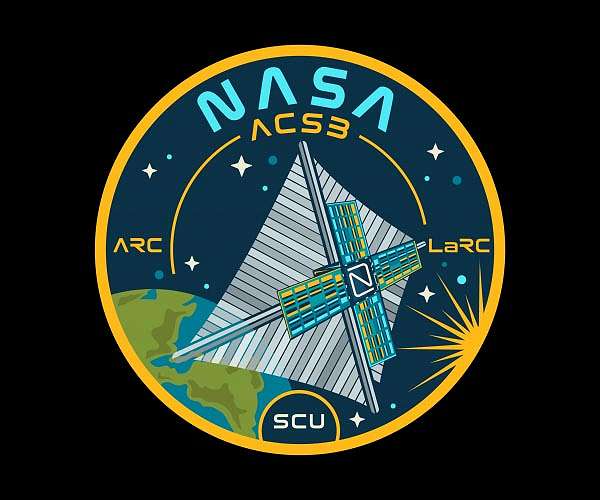NASA continues to assess the progress of the Solar Sail system following deployment
NASA’s Advanced Composite Solar Sail System is making progress through post-deployment testing, with mission operators carefully reviewing data to evaluate the performance of the spacecraft’s composite booms. After the successful deployment of both the booms and solar sail, the spacecraft continues to slowly tumble into orbit due to the deactivation of its attitude control system.
Prior to the deployment phase, the team deactivated the attitude control system to accommodate changes in the spacecraft’s dynamics during solar sail deployment. This system is vital for maintaining a spacecraft’s orientation in space and ensuring proper alignment for communications and solar energy collection.
While the solar sail is fully deployed into its square shape – about half the size of a tennis court – the team analyzes a slight bend detected in one of the four composite booms. The bend likely occurred when the booms were stretched during deployment. However, preliminary analyzes show that the bend has been partially straightened over time as the spacecraft slowly tumbles into orbit.
The primary goal of the Advanced Composite Solar Sail System mission is to validate the deployment of the composite booms, contributing crucial data for future applications of this technology in solar sails and other space structures. The data collected so far has already been extremely useful and will continue to inform the progress of solar sail missions.
The mission team expects that the slight turn will not interfere with the solar sail’s planned maneuvers, which are planned for the later stages of the technology demonstration.
Currently, efforts are focused on repositioning the spacecraft, which remains in low-power mode to save energy. The team is working to optimize the orientation of the solar panels to receive more sunlight and prioritize essential operations, such as two-way communications with mission control. Once the attitude control system is reactivated, operators can precisely position the spacecraft’s high-bandwidth antenna for improved communications, collect additional data and prepare for the mission’s upcoming sailing maneuvers.


